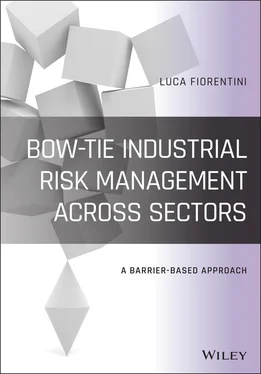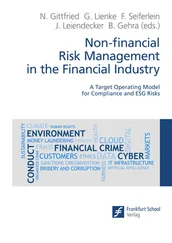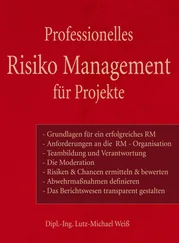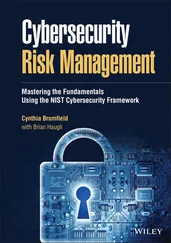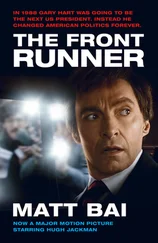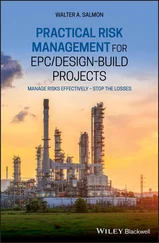Both control and recovery barriers are elements of the bow tie methodology that will be discussed in depth. The Bow‐Tie method is a risk assessment method that can be used to analyze risk scenarios. It’s named after its shape and contains eight elements: hazard, top event, threats, consequences, preventive barriers, recovery barriers, escalation factors, and escalation factor barriers.
Anyway, all the topics presented up to now will be discussed in detail later, including the concept of ALARP (which represents a critical element of risk management) and risk reduction in a “region of acceptability.”
Luca Fiorentini
Director, TECSA S.r.l.
Risk, as per the ISO 31000 international standard, is defined as “effect of uncertainty on objectives,” where the “effect is a deviation from the expected”: risk is “usually expressed in terms of risk sources, potential events, their consequences and their likelihood.”
When I first met the Bow‐Tie method many years ago I classified it as a simple, immediate, funny notation to describe simple situations. At that time I could refer to my experience in the industrial risk and process safety domains with HSE cases built with the use of multiple and combined methodologies (fault tree, event tree, HAZID/HAZOP/FMEA, etc.) up to full quantitative risk assessments based on calculations. So I started using Bow‐Ties to summarize the results coming from other methods, nothing more. Immediate (and coloured) notation of my Bow‐Ties started enriching my executive summaries, my papers, my conference slides, and so on with a great reward in terms of appreciation from readers, students, colleagues, and customers.
Later I realized that I had discovered one of the main capabilities of the method: the clarity power of notation. It happened during the preparation of my Italian book on fire risk assessment, in which I described a number of methods (also risk matrices, structured brainstorming, LOPA, etc.) and I decided to describe with a Bow‐Tie diagram a couple of real incidents: the Buncefield tank fire in the UK (from a description given by the UK Health and Safety Executive in an official report) and the Thyssenkrupp fire in Italy that became very famous for the number of fatalities (seven) and in which I was part of the technical consultant group working on behalf of the Public Prosecutor’s Office since the beginning of the investigations. Both of the two incidents, described with a Bow‐Tie, raised the usual interest and curiosity in the readers, but I did understand that Bow‐Tie is the best way to deal with the essence of the various elements that define risk according to the ISO 31000 standard: hazard, deviation, threats, and consequences.
Deviations are raised from threats and could lead to potential impacts in a very simple and straightforward path. This flow can be interrupted by barriers (or controls) that can modify the likelihood and or the severity of the consequences. Simple enough!
The diagram can be modified to include more details (failure mechanisms of barriers, common causes of failure, roles and responsibilities associated to each control in place, …), a quantification (escalation factors, conditional probabilities, conditional modifiers, vulnerabilities, …), a link among different diagrams, the real‐time status of the barriers in place, and also a simulated alternative that considers nice‐to‐have additional or modified controls – without losing the beautiful and clear overall picture that, at the end, could also be seen as a combination of a fault tree with an event tree, with the additional ability to conduct a LOPA on each threat‐consequence pair, conduct a cost‐benefit analysis on risk mitigation alternatives, associate probabilities derived from other calculations, investigate the failures of human‐centred barriers, and so on, with the ultimate ability to validate the barriers and calculate the risk over time and to improve risk assessment using the results of learning from experience.
These limitless possibilities of enrichment are offered even if we are guaranteed that the risk picture is visible and always available also to non‐technical parties, among them the stakeholders involved in risk‐based decisions. Focus should be given to barriers over time and this process can be referred to “risk management as all the coordinated activities to direct and control an organization with regard to risk,” whatever risk we should face to make decisions.
This book gives the reader my idea of the Bow‐Tie method and barrier‐based risk management as one of the best tools to deal with current complexity with a structured and consistent approach that allows for value protection and creation inside organizations of all types and sizes facing internal and external factors, including human behaviour and cultural factors. The principles described with a Bow‐Tie diagram are those at the foundation of an effective and efficient risk management framework enabling an organization to deal with the effects of uncertainty on its objectives over time with a customized, integrated, yet dynamic approach based on the best available information. Complexity is increasing, day by day; let’s keep our Bow‐Ties simple and “smart.”
First of all, I would like to express my thanks to Rosario Sicari, director of Chaos Consulting ( www.chaosconsulting.it), with whom I share an important personal friendship as well as many professional interests, including accident investigation, forensic engineering and, especially, risk management with the barrier‐based methods shown in this volume. Rosario, with his impressive analytical skills combined with a broad knowledge of risk analysis methods and risk management principles, guarantees an important and constructive daily confrontation that allows, together with a communion of intent and in complete operational harmony, to operate successfully in support of clients for a consulting activity oriented to complexity management. With him I shared the adventure of this book on methodologies that are much appreciated by both of us, discovering a skilled technician, a patient detail curator and reviewer, and a determined critic. Of course, as I have in the past, I will enjoy sharing with him some other engaging professional experiences and business opportunities.
I also would like to thank Damiano Tranquilli. He gave important support in the description of the proactive and reactive risk management culture that complex organizations should adhere to (ref. par. 1.6). He is a very good friend of mine and this friendship was born at the margins of a number of Bow‐Tie brainstorming sessions related to the use of the method to define priorities for risk reduction measures to be implemented in some very complex railway stations following a long period of fire risk audits to verify fire strategies, fire regulation compliance, fire prevention and protection measures, and assets’ future developments. Our project Bow‐Ties, with me as a consultant and Damiano representing the customer, made me discover some of his unique qualities: he is very pragmatic and able to deal with complexity coming from the multiple, intercorrelated processes of very large companies, in a fascinating manner and without any apparent efforts. He is the “management systems man” since he knows how to design, implement, review new organizational processes, and assess the associated risks, with the precise “risk‐based thinking” underlined by this book. I have to admit that I took advantage of his particular propension to a systemic and risk‐based approach in many cases as a friendly personal consultant and I appreciated, for this book, his preface and his help in the chapter dedicated to complex organizations, which he masters very well.
Читать дальше
